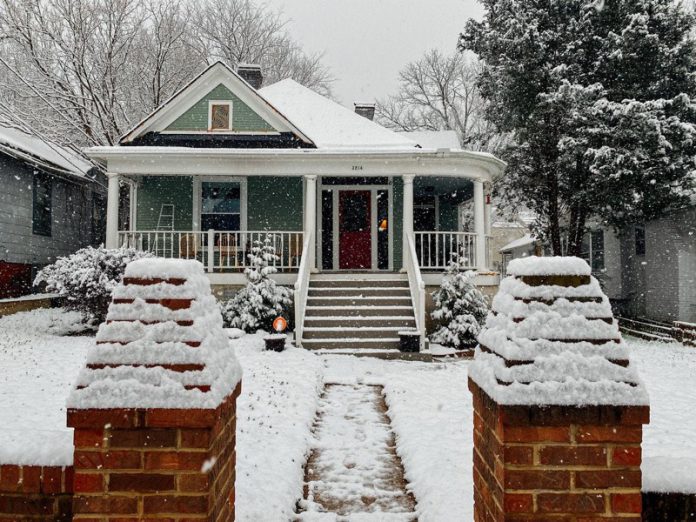No matter where you live, your home can be significantly impacted by Mother Nature and the elements. It’s important to take proper care of your home’s exterior to ensure your family and guests can enjoy it for years to come.
Owning a home is a responsibility that requires year-round maintenance, especially outdoors when unpredictable weather can wreak havoc. As a homeowner, there are simple, efficient, and affordable solutions to protecting and maintaining the exterior of the home.
Let’s take a look at some of those helpful tips.
Repair Leaks and Cracks Before They Worsen
Many homeowners face foundation cracks or roof leaks over the course of their ownership, mainly if the home is an older construction. If that’s the case, you should aim for a yearly inspection to assess any damage to the home. These proactive measures can make all the difference and will help increase the value of your home.
Start on the roof and look for loose shingles or any damage to your chimney, if applicable. From there, inspect any exterior pipes, siding, stairwells, and windows. When you notice a crack or partial damage, look into remediation as soon as possible to ensure your home and your family are protected when unexpected storms or cold weather occur.
Protect and Secure Your Driveway
Needing a completely new driveway is an expensive overhaul and one that can be easily avoided with proactive sealing techniques. Sealing your driveway prevents concrete from cracking during lower temperatures. Asphalt can lose the oils it needs to remain strong and intact if left unsealed during fluctuating temperatures.
The experts at Seal-A-Drive recommend protecting your pavement with professional sealing to ensure your driveway remains durable and lasts for many years. These upfront costs can save your family significant costs in the long run.
Clean Your Gutters
It may not be the most glamorous job, but routinely cleaning your gutters is essential to the longevity and safety of your home. Leaving your gutters clogged with leaves and debris can prevent proper drainage and lead to water damage inside the home and roof damage.
Keep Your Grass Long if You Live in Colder Climates
If you live in an area with colder winter temperatures and you experience snow, you may want to consider keeping your grass at a longer than normal length leading up to that time of year. Heading into the winter, keep your grass length approximately three or four inches high. If it’s cut shorter, you run the risk of losing healthy grass over the winter, and you’ll then need to replant in the spring. Longer grass can bounce back quickly as the temperatures rise.
Be Wary of Wildlife
Not all elements are weather-based when it comes to protecting your home. It’s always helpful to be wary of local wildlife, like raccoons and squirrels, which can also cause damage around the home. If you’ve sealed any cracks or loose siding, as previously mentioned, ensure your garbage bins are sealed and your lawn is maintained to keep wildlife from approaching your home.














